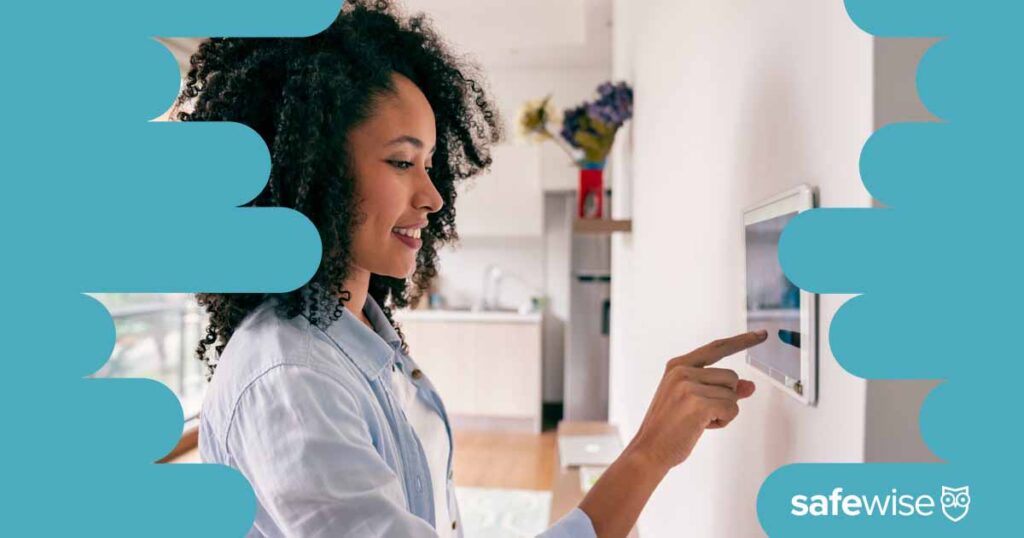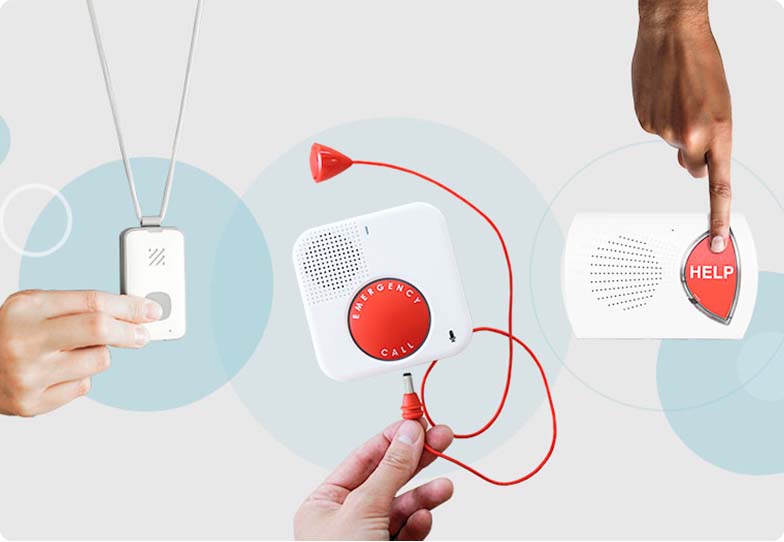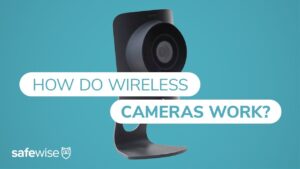For most folks, one well-placed camera is probably enough. Get the lowdown on how many cameras you need for your home.
How Many Security Cameras Do I Need?
SafeWise experts have years of firsthand experience testing the products we recommend. Learn how we test and review.
You’ve been thinking about getting a security camera for your home—maybe you even have the perfect model picked out—but can't decide which rooms need a camera. One thing's for certain: no need to rush out and stick a camera in every room. So how many security cameras do you need? Depending on your home, it might just be one.
We'll fill you in on the latest safety news, recently published videos, and expert advice in our free weekly newsletter!
By signing up, you agree to our Terms and Conditions and Privacy Policy.
How many security cameras do I need?
Subscribe to our YouTube channel and learn how to protect your home, loved ones, and belongings.
2. For larger properties
If you have a larger property with outdoor structures, any side entrances, or rooms inside you want to watch, more cameras won't hurt. Any structures like sheds or garages that aren’t super visible from your home might benefit from having some extra eyes on them.
You can find outdoor cameras like the Ring Floodlight Cam that house an on-board motion sensor, floodlights, and a camera. So if anything triggers the sensors, you’ll get a clip of it.
And honestly, unless you have a ton of stuff to watch out for like a safe, your kids’ nursery or playroom, or a pool entrance, you probably don’t need more than two.
3. Focus on common areas
In most cases, it's not a good idea to put security cameras in private areas of your home such as bedrooms and bathrooms—a notable exception is using a baby monitor in nurseries where babies sleep.
Stick to common areas instead:
- Entryways and hallways
- Family rooms, living rooms, and offices
- Kitchens and dining rooms
- Yards and driveways
Small homes and apartments rarely have more than one common area, so a single camera works in most cases. Depending on the layout of your home or property, you can sometimes monitor multiple common areas at once with strategic camera placement, lenses with wide fields of view, or pan-tilt cameras, like the Reolink E1 Zoom.
Home examples
Every home is unique so there's no way to create an exhaustive list of where you might need a camera, but here are some examples of suitable places for a home security camera. When in doubt, consider cameras at entrances, in the largest rooms, and in vulnerable areas.
If you need more than four cameras, consider getting a multi-camera security system bundle instead of buying cameras separately. These systems are also great for local video storage on a DVR or NVR.
Some security companies impose a camera limit
If you want to get more than one camera as part of a home security system, choose wisely. To prevent draining your internet bandwidth, some security companies limit the number of cameras you can use per account. Others require you to upgrade to a more expensive monthly subscription to use cameras at all.
ADT, Vivint, and SimpliSafe have camera limits:
- ADT cameras: Up to 6 per account, video requires upgraded plan
- Vivint cameras: Up to 6 per account, video requires upgraded plan
- SimpliSafe cameras: Up to 5 with Camera Recording plan and up to 10 with Fast Protect™ plan
You can use an unlimited number of Ring cameras, Cove cameras, and Brinks cameras, but you'll have to subscribe to each company's most expensive monitoring plan to use them. Frontpoint's in the same boat: our exclusive SafeWise reader discount doesn't include video monitoring, so you'll have to pay the usual price if you want a Frontpoint camera.
Choose Abode cameras, ADT Self Setup cameras, or Wyze cameras if you want a smorgasbord of cameras without paying a premium price each month—you can use unlimited cameras with any of their plans.
Conclusion
The good news is you don’t have to spend a ton of money or set up cameras at every access point like a bank or a business. Cameras at your entrances or outside structures should be enough to catch anything that you might not on your own.
Contributing writer: John Carlsen
Recent Articles






